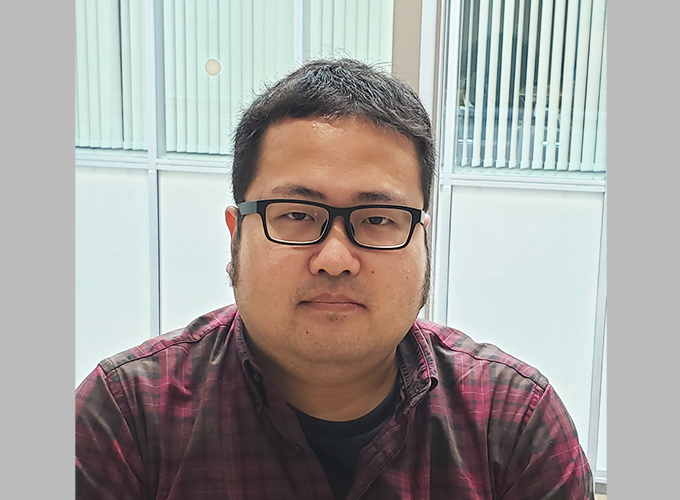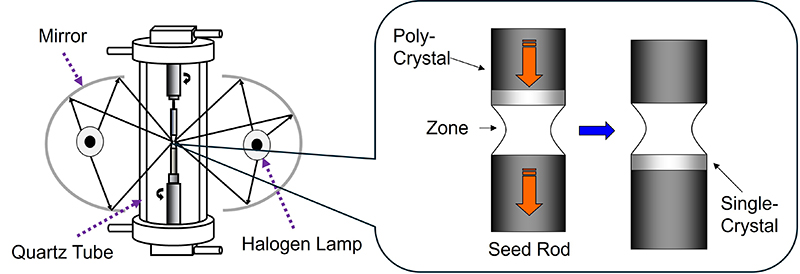Shintaro Adachi
Junior Associate Professor, Doctor of Science
- adachi.shintaro

- Areas of Research
- Materials Science, Solid State Physics, Superconductivity, High Magnetic Fields, High Pressure
- Profile
- Research
-
Dr. Shintaro Adachi earned his Ph.D. in Science from Hirosaki University. He had postdoctoral fellowships at ISSP, the University of Tokyo and WPI-MANA, NIMS. He has been working at KUAS since 2020.
Dr. Adachi has recently contributed to research for improving the performance of materials through the use of magnetic alignment. He is also conducting investigations on the effects of electric fields and high pressure in superconductors in order to enhance their critical temperature (Tc).
-
Dr. Adachi’s laboratory (Advanced Functional Materials Engineering Lab.), established in 2025, focuses on growing high-quality single crystals of functional materials. The lab conducts research on the physical properties of functional materials and explores their device applications. The physical properties of functional materials are significantly influenced by their atomic alignment. Unlike polycrystals, which are collections of small crystals oriented in various directions, single crystals have atoms aligned regularly and uniformly. Single crystals are crucial for both fundamental research and practical applications, as they enable the extraction of a material’s inherent properties. A well-known example in applied science is the significant performance improvement achieved through the single crystallization of silicon (Si).
Currently, Dr. Adachi’s lab is focusing on growing single crystals of high-transition temperature (high-Tc) superconductors, thermoelectric materials, and magnetic material investigating their physical properties and applied research. For single crystal growth, the lab utilizes the Floating Zone (FZ) method, as illustrated. A key feature of the FZ method is that the material “floats in the air” during the crystallization from raw material to single crystal. This unique characteristic prevents contact with other solids or liquids, making it the preferred method for producing single crystals with the lowest impurity levels. The lab is equipped with two FZ furnaces.
Dr. Adachi has a particular interest in high-Tc superconductors. Superconductivity is a phenomenon where electrical resistance drops to zero below a specific transition temperature (Tc). Harnessing superconductors could lead to ultimately efficient electrical transport with no energy loss. While superconductivity at extremely low temperatures is common, with thousands of “low-temperature superconductors” discovered, their main disadvantage is the cooling cost. High-Tc superconductors are expected to overcome this challenge. Although the definition of “high Tc” is flexible, many researchers worldwide recognize hydride superconductors (Tc > 200K under high pressure), cuprate superconductors (Tc > 135K under ambient pressure), iron-based superconductors (Tc > 55K under ambient pressure), nickel-based superconductors (Tc > 80K under high pressure), and magnesium diboride (Tc ~ 39K under ambient pressure) as high-Tc superconductors. Students joining Dr. Adachi’s lab will have the opportunity to research these materials. The lab specifically possesses high-quality single crystals of Bi-based cuprate superconductors and 11-type iron-based superconductors. Recent research has also yielded promising results in the single crystallization of Ni-based superconductors and the development of cuprate superconductor devices.
Dr. Adachi’s lab welcomes students who are eager to conduct hands-on experiments, grow pristine single crystals, and uncover their true physical properties, as well as undergraduate and graduate students aiming to enhance the performance of functional material.
